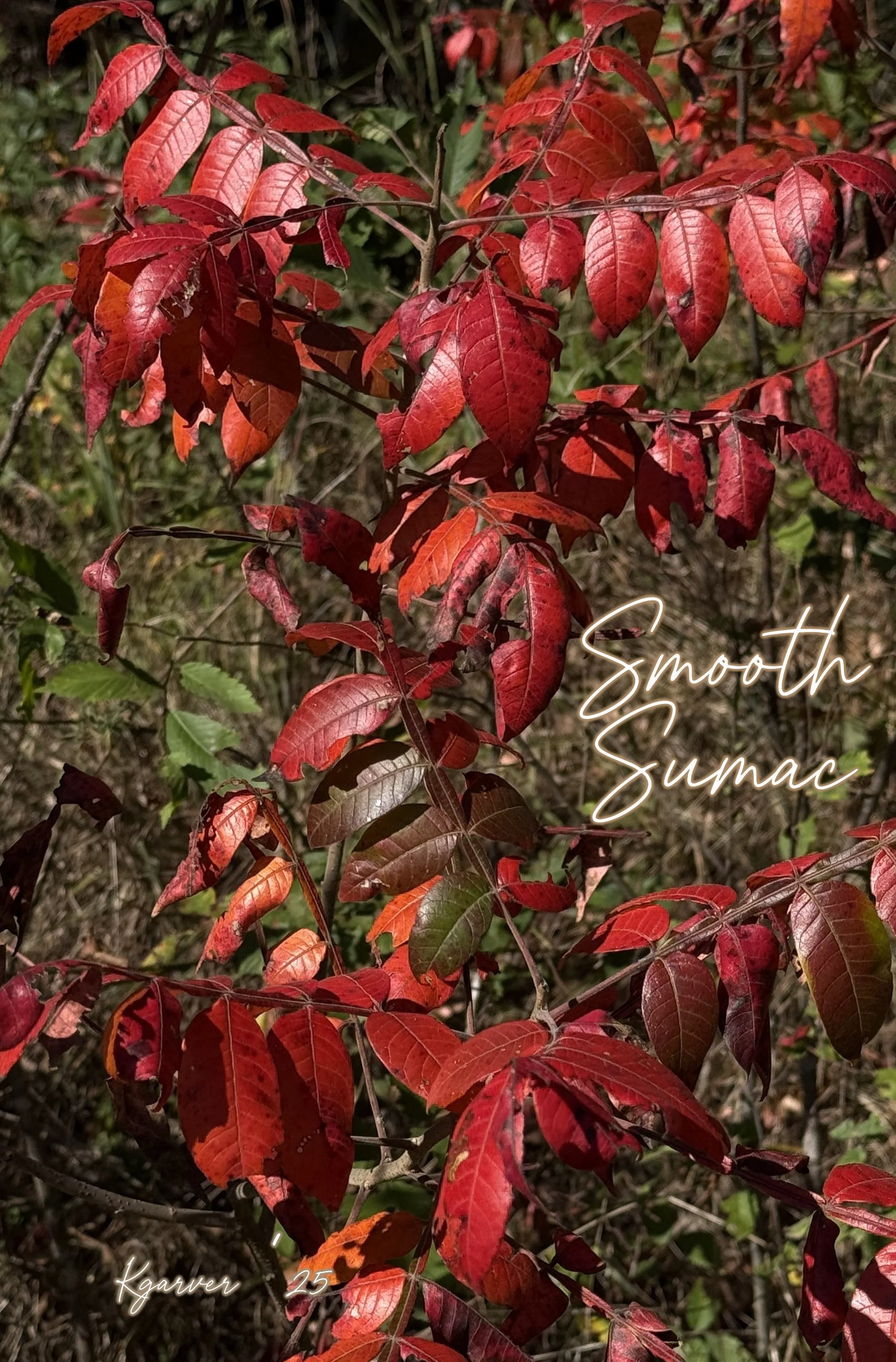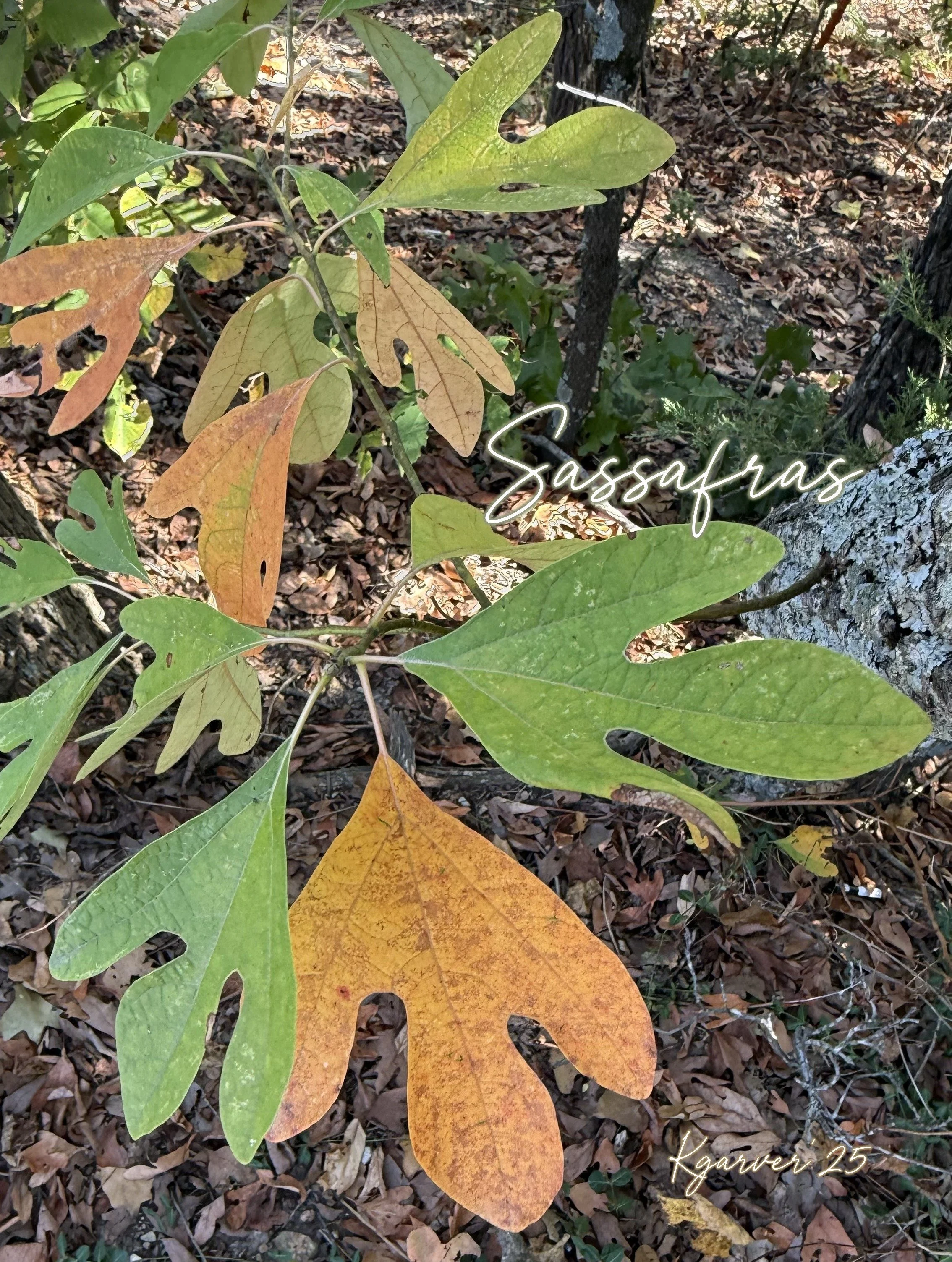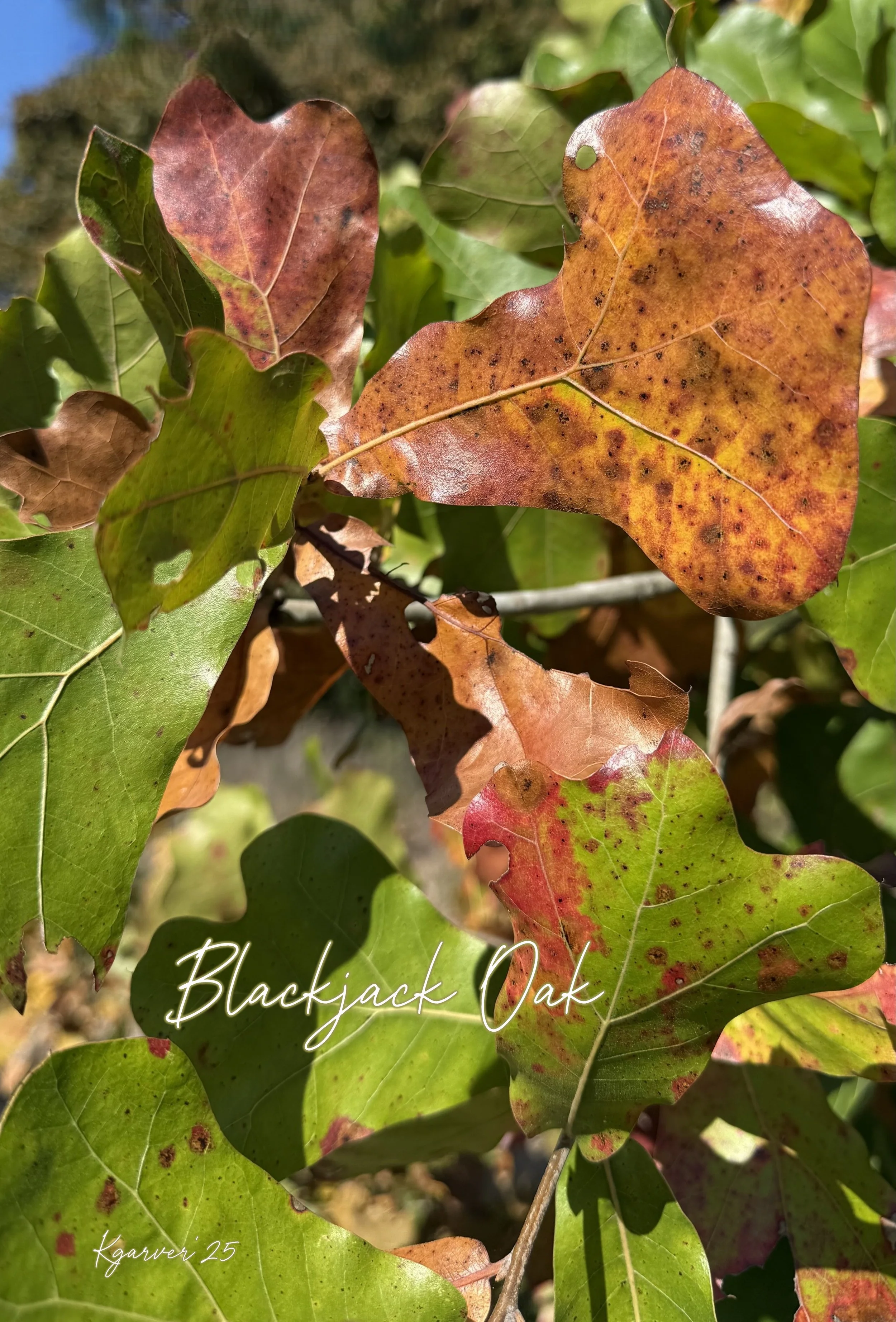Why do tree leaves that are green in the summer turn different colors in the fall? A cottonwood tree leaf turns yellow before falling off the tree. A red maple tree leaf turns a brilliant scarlet. They were both green all summer, as were hickory leaves that turn golden bronze and aspen leaves that turn a bright yellow. The answer lies in pigments that were either in the leaves already or formed in late summer or early fall.
The three pigments found in leaves are chlorophyll, carotenoids, and anthocyanins. Chlorophyll is the chemical that gives leaves their green color in spring and summer. It allows plants to use sunlight to produce the sugars they need for food. This process is called photosynthesis.
As the days shorten in the fall, chlorophyll production slows. Sunlight is less intense, which also slows chlorophyll production. Finally, chlorophyll production stops entirely, and a layer of cells forms and blocks the leaf’s base.
When the green of chlorophyll fades, it allows other pigments to show. All leaves have carotenoid pigment during the spring and summer. It is hidden by the green of chlorophyll. Carotenoid produces yellow to orange leaves, such as those on an ash or tulip poplar tree.
Some species of trees contain another pigment called anthocyanin. It is formed in the fall when trapped sugar is left in the leaves after chlorophyll production ends. It is revealed in the scarlet leaves of the red maple tree. The red that anthocyanin produces overpowers the carotenoid pigment that is also present in a leaf.
The shortening of days is the main reason that leaves turn colors, but there are other factors that can influence when that will happen. In general, leaves begin turning colors from north to south in the U.S.; weather is a factor as well. Warm sunny days with cool nights produce the most brilliant colors. Moisture in the soil can also affect color and is one of the most variable factors from year to year. A summer drought can delay the onset of fall color by several weeks. A hot and dry spell during early fall can cause the leaves to have less intense color.
Leaves fall from broad-leaved trees for a reason. Summer leaves are thin and filled with a watery sap. This sap would easily freeze during a cold winter. So, the tree drops the leaves and preserves sap in the hardier twigs and branches. The lengthening days of spring, plus warmer temperatures, wake up the trees to begin producing chlorophyll along with new leaves.
The cycle begins again as baby leaves pop out on tree branches. The light green tint of the trees signals the end of what may have been a long winter.
Submitted by Bonnie Hinman, 2014 Graduate







